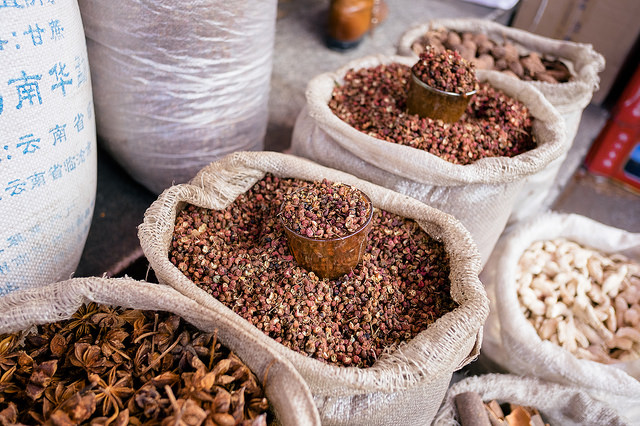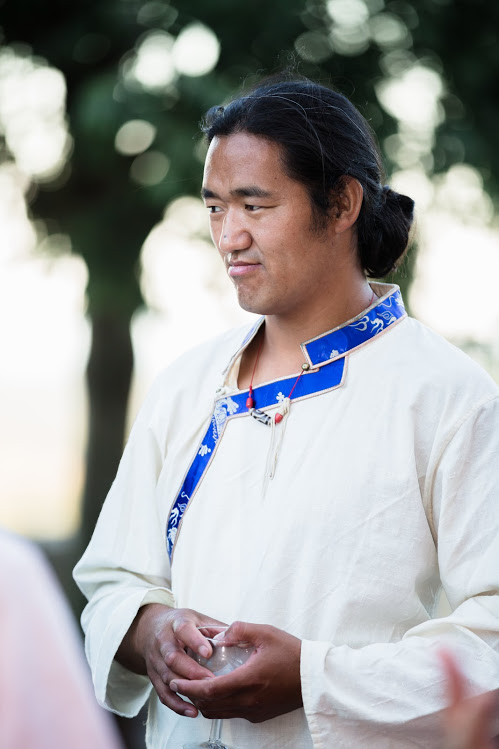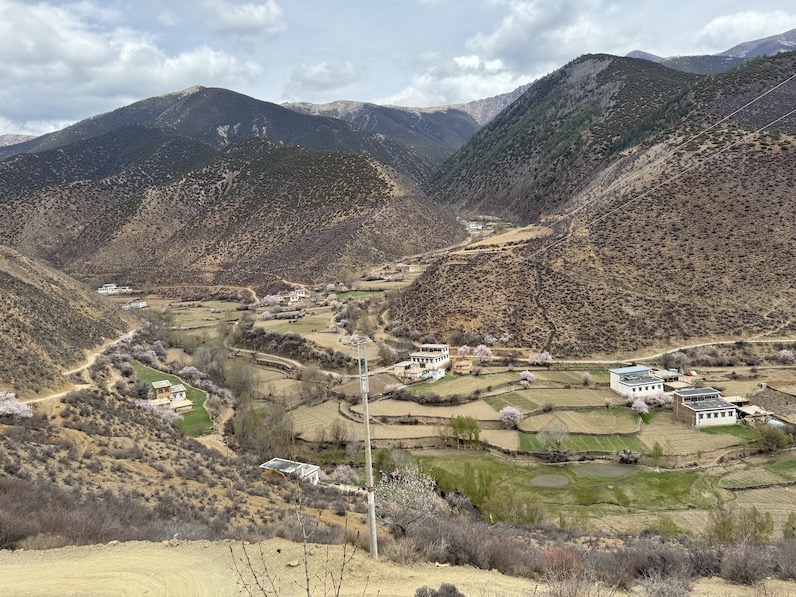
In Tibetan medicine, food is seen as a way to cure disease and to maintain a healthy body. In particular, spices are considered to have their own healing properties. When used in the right quantities at the right time, they not only tingle our tastebuds, but help to keep our diet and our bodies in balance.
By tradition, wild garlic is considered a spice as much as a vegetable, and it is the single most important plant used in Tibetan medicine. It is widely recognised for its anti-bacterial, anti-viral and anti-fungal properties, and in Tibet people say that garlic bulbs help to relieve headaches at high altitude.
Garlic is an essential ingredient of the chilli dips we serve with our curries and momos. Perhaps there are real reasons why so many of you say you are addicted. Are our dips actually helping you to ward off disease?
And if not the garlic, is it the other spices that we cook with? Probably the most distinctive Tibetan taste is that of ཨེམ། or yerma, the dried fruit of the Sichuan peppercorn. Given seconds on the tongue, yerma produces a strangely numbing, almost anaesthetic feeling.
We crush yerma into our chilli dips (this is where we give away the secrets of that kick!) and you will find it hiding in the more traditional of our meat dishes. But it can also be consumed whole to aid digestion and stomach complaints, and is widely used to clear and open the body’s channels before taking medication.
We have a massive stash of yerma from my home in Tibet here in Oxford. Some of it we have brought over ourselves. Some has been delivered to us by friends who have met with my family here and there. It is amazing to be able to share unique ingredients from home with our customers. Hope this helps you to identify some of those mysterious tastes and sensations!
#tibet #taste #spices #yerma #garlic







